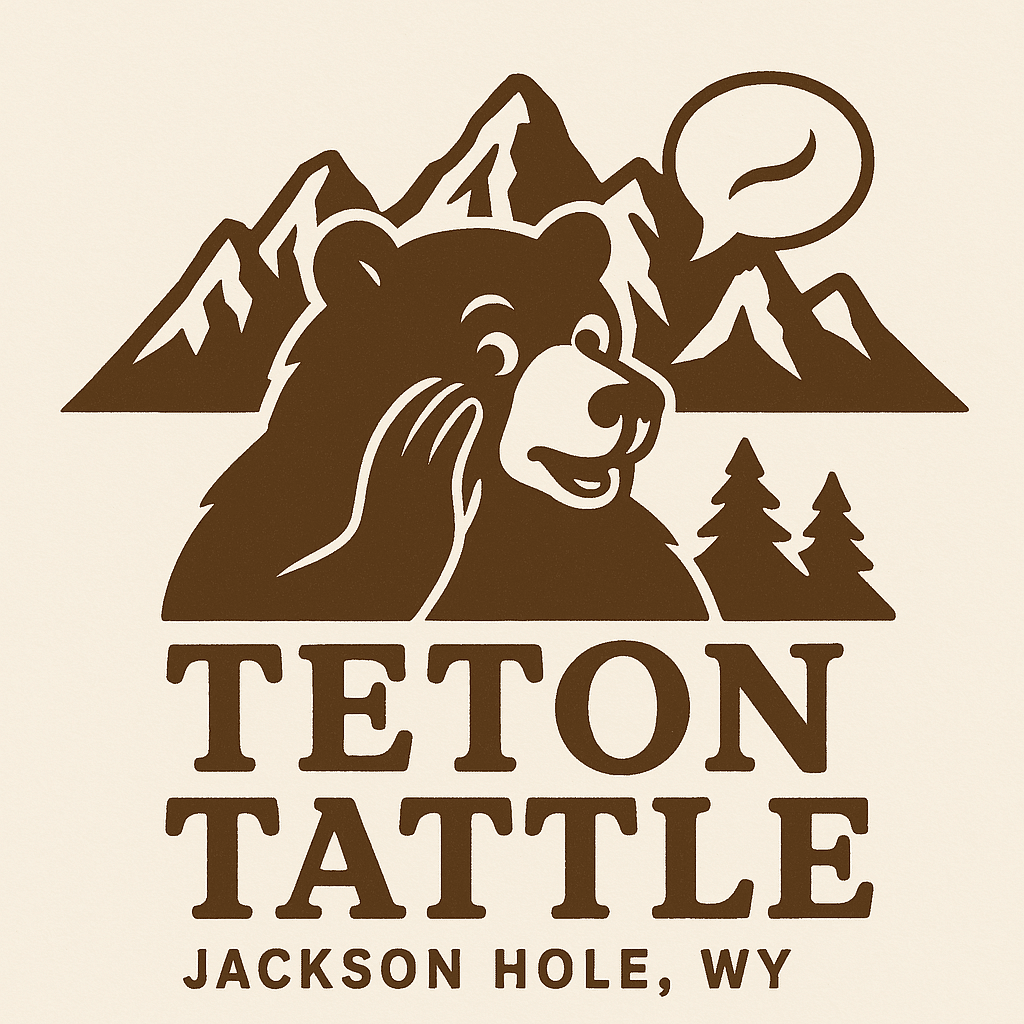JACKSON WY – If you’ve lived in Jackson long enough to watch the town square’s elk antlers get rebuilt (again), you’ve probably heard the phrase “affordable housing” thrown around more times than a moose crosses Highway 22. But what does it actually mean here in Teton County, and why does it cause so many eye rolls, sighs, and passionate Town Hall monologues?
Let’s unpack one of Jackson’s most misunderstood (and most argued-about) topics.
Definition: It’s Not About “Cheap,” It’s About “Possible”
In Jackson/Teton County, “affordable housing” doesn’t mean a steal, it means a roof you can keep without selling your snowmobile.
Local regulations define “affordable” as housing that costs a household no more than 30% of its income (including utilities). Anything beyond that, and technically, you’re “cost-burdened”, a fancy government way of saying you’re broke from rent.
To qualify for the town or county’s Affordable Home Program, your household income generally has to fall somewhere between 0% and 120% of the local Median Family Income (MFI). The MFI is recalculated each year, and in Jackson’s 2025 version, it looks like this:
| Household Size | Median Family Income (2025) |
|---|---|
| 1 person | $99,050 |
| 2 people | $113,200 |
| 3 people | $127,350 |
| 4 people | $141,500 |
| 5 people | $152,820 |
| 6+ people | $164,140+ |
So an “affordable” 2-bedroom home might be targeted for, say, a two-person household earning 80–120% of MFI, or about $90,000 to $135,000 a year. Not exactly low income, but in a valley where the median condo price hovers around $1.8 million, that range suddenly sounds like working-class reality.
Who Decides What’s “Affordable”
The Jackson/Teton County Housing Department (and its cousin agency, the Jackson/Teton County Housing Authority) are the ones in charge of defining, managing, and enforcing what counts as affordable or workforce housing.
What They Do:
- Set annual income limits and affordability formulas
- Approve eligible buyers and renters
- Enforce deed restrictions (which cap resale prices so homes stay affordable)
- Manage occupancy rules, like requiring residents to make their living primarily in Teton County
If you think that sounds like bureaucracy in ski boots, you’re not wrong, but without it, every “affordable” home would quickly turn into a short-term rental with a ski-in/ski-out rate of $1,200 a night.
The Supply Problem (Why Everyone’s So Heated About It)
According to recent county presentations, Teton County needs about 2,000 below-market homes in the next five years just to meet workforce demand. Meanwhile, average two-bedroom market-rate rent has hit $4,172/month, while an “affordable” level for a median-income household would be around $2,700.
That mismatch is the beating heart of the local debate.
- Workers can’t live where they work, so they commute from Idaho or Alpine.
- Businesses can’t hire enough staff, because their employees can’t find housing.
- Developers clash with environmentalists, over where new units can be built.
- Residents split politically, between protecting open space and protecting community life.
Jackson’s Housing Department says its biggest shortfall is rental units for households earning below 80% of MFI, the teachers, lifties, nurses, restaurant staff, and first responders who keep the valley running.
When I visited “The Loop” this summer, they proudly designated 40% of its units for qualified workforce tenants like teachers, first responders, service industry staff, and other crucial members of our community. In partnership with Jackson Hole Affordable Housing, these units:
- Meet all Resident Selection Criteria (income, credit/criminal screening, renter’s insurance)
- Comply with local Housing Authority workforce requirements and Compliance Resources guidelines
- Offer special application support and fee waivers for eligible employees earning at least 75% of their income in Teton County
- Workforce units include a parking space and storage unit at no extra cost.
This means nearly half of the complex is reserved to keep our valley’s essential workers right here at home.
The Emotional Terrain: More Than Just Real Estate
Housing in Jackson has become more than an economic issue; it’s a cultural, philosophical, and even existential concern.
Every public comment period sounds like a referendum on what kind of place Jackson wants to be:
- A luxury resort town with locals priced out?
- A functioning community with year-round residents?
- Or something awkwardly in between, where half the workforce lives across a mountain pass?
The price of “affordable” here isn’t just measured in dollars; it’s measured in how far we’ll go to keep a community alive in one of the most expensive zip codes in America.
“Affordable” Is Relative, But the Stakes Are Real
In most of America, “affordable housing” sounds like a policy issue. In Jackson Hole, it’s a survival issue.
The median condo price is flirting with $2 million. A modest single-family home can break $4 million. Renters line up for anything under $3,000.
So when someone here says “affordable housing,” what they really mean is “anywhere a local can still afford to turn the key.”
AntlersArch founder and the voice behind Teton Tattle.





